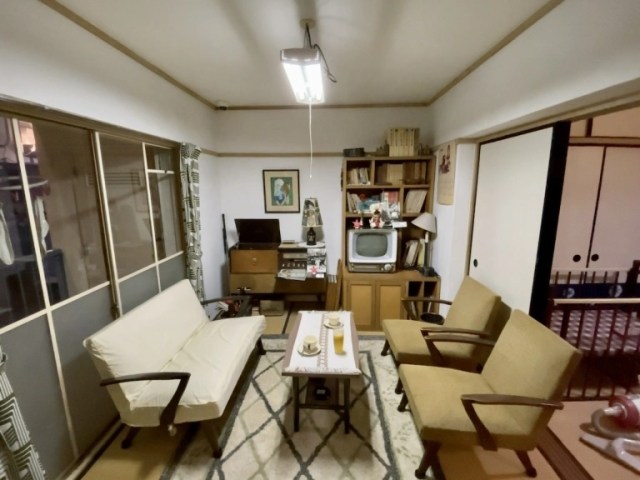
Matsudo Museum recreates Tokiwadaira Danchi, and a day in the life of old-school Japan.
The Matsudo Museum is all about life in the town of Matsudo, Chiba Prefecture. That might sound like a pretty narrow focus, but the museum takes a deep look at the subject over the course of 30,000 years, from the Paleolithic Age to the modern era.
▼ Entrance to the Matsudo Museum
The facility has the usual displays of archeological artifacts and artist-rendition dioramas you’d expect of a history museum, and they’re all interesting in their own ways. What really sets the Matsudo Museum apart from other museums, though, is its amazing Tokiwadaira Danchi recreation.
Tokiwadaira Danchi was a group of apartment blocks built in Matsudo in 1955. At the time, Japan was just beginning to recover from the devastation of World War II, and modern apartment buildings were seen as a symbol of hope and the first taste of the coming post-war prosperity that the country and its people would enjoy.
The real Tokiwadaira Danchi had roughly 4,800 units, so obviously the Matsudo Museum didn’t rebuild the whole place. The partial reconstruction’s exterior is extremely accurate, though, but what’s even more amazing is the fully recreated interior of a Japanese apartment as it would have looked in the early 1960s.
Depending on how old you are and where you grew up, entering the apartment can either feel like you’re taking a look into someone else’s life or going back to your own childhood home.
Stepping through the entrance, look to your left and you’ll see the kitchen. It might look pretty quaint by today’s standards, but back in the mid-Showa era, the dual stove burners connected by a hose to the gas line, and the electric-powered ventilation fan above, were fancy new niceties.
▼ As was this electric rice cooker
Instead of sterile showcases, the household items are out in the open, and positioned to look as if they’re still being used on a daily basis by the apartment’s occupants who just happen to be out at the moment.
Heading into the living room, the TV, radio, and record player would have provided all the entertainment the family needed in the pre-Internet era, and there’s another sign of the times in the contrast between the furniture and flooring.
At this point in Japan’s history, sofas, chairs, and other western furniture to lounge in was becoming increasingly popular. However, hardwood flooring and carpeting were still relatively rare.
The result was Western furniture and old-school tatami reed flooring in the same room. While this combination isn’t unheard of present-day Japan, it’s becoming less and less common, but in the 1960s it was still quite often the norm.
Other amenities of then-modernized life that you can spot in the apartment include the washing machine, installed out on the balcony…
…the sewing machine integrated into its own desk…
…and the flush toilet.
▼ The sign on the lid informs guests that the toilet is for display purposes, and not to be used, so make sure to use the museum’s actual restroom if you hear nature’s call.
The biggest shock, though, is how different the bath looks from what we’re used to today. The tub and floor are wood, and there’s no hose/shower head for rinsing with. Instead, you’ve got a tap and wash buckets, which you can fill up with water and then splash over yourself.
Visiting the Matsudo Museum’s Tokiwadaira Danchi recreation really feels like you’ve warped 60 years into the past, creating a sense of nostalgia but at the same time also making you wonder what parts of our current lifestyles will look fascinatingly retro to kids being born today.
Museum information
Matsudo Museum / 松戸市立博物館
Address: Chiba-ken, Matsudo-shi, Sendabori 671
千葉県松戸市千駄堀671番地
Open 9:30 a.m.-5 p.m.
Closed Mondays (or Tuesday if Monday is a holiday)
Admission: 310 yen (adults), 150 yen (college/high school students)
Junior high students free
Website
Photos ©SoraNews24
● Want to hear about SoraNews24’s latest articles as soon as they’re published? Follow us on Facebook and Twitter!
[ Read in Japanese ]

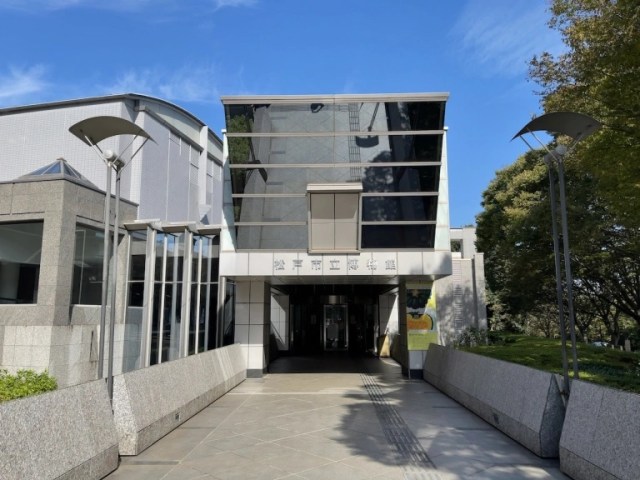
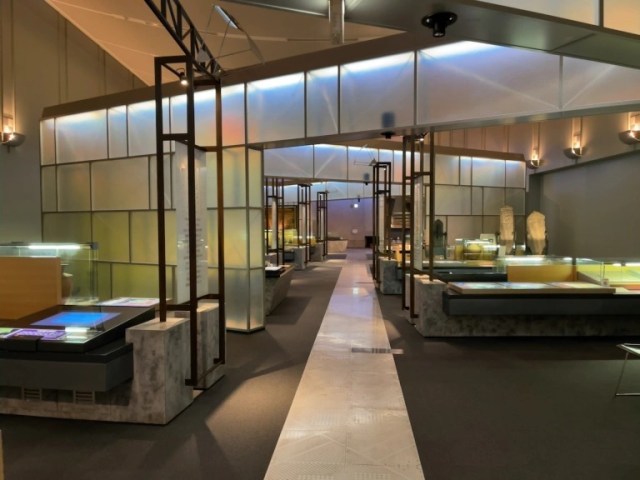
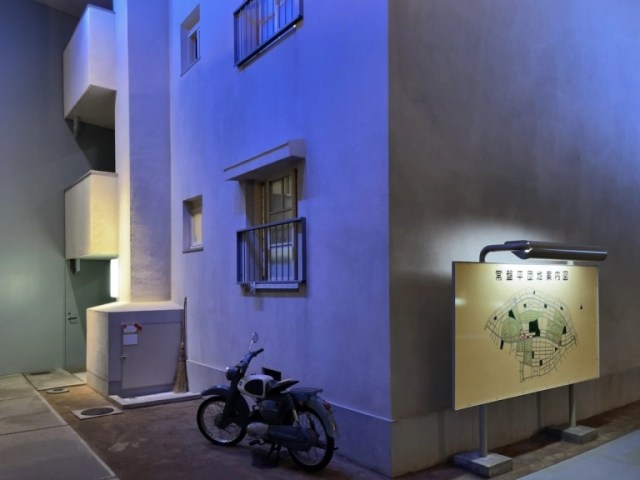
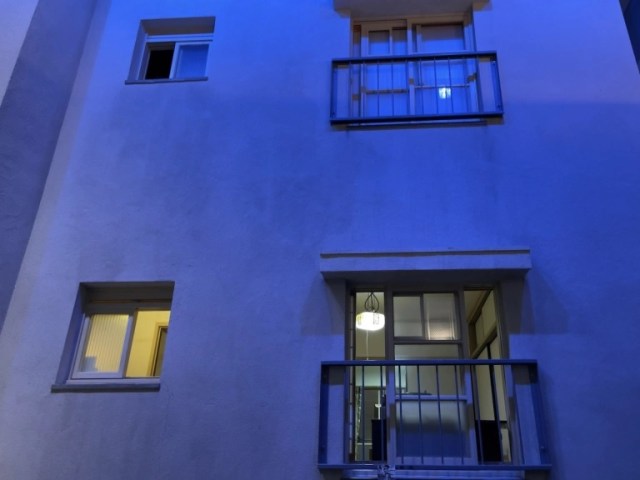
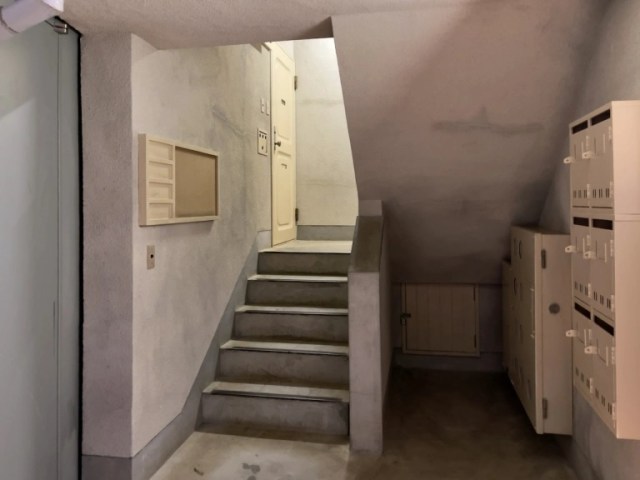
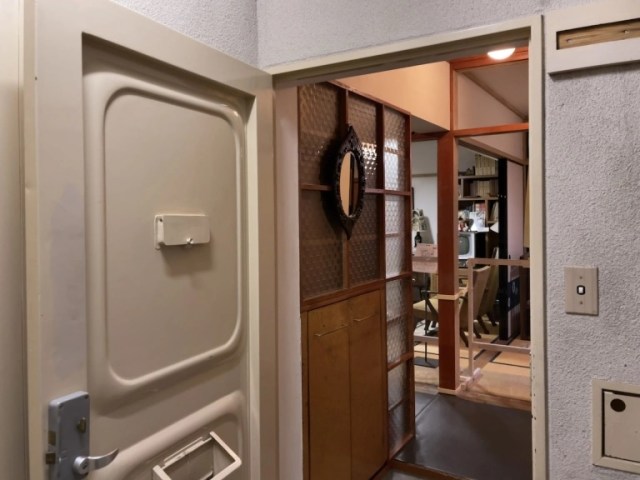
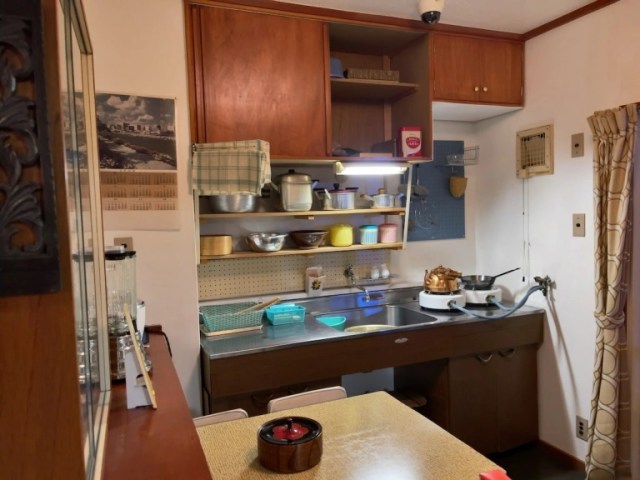
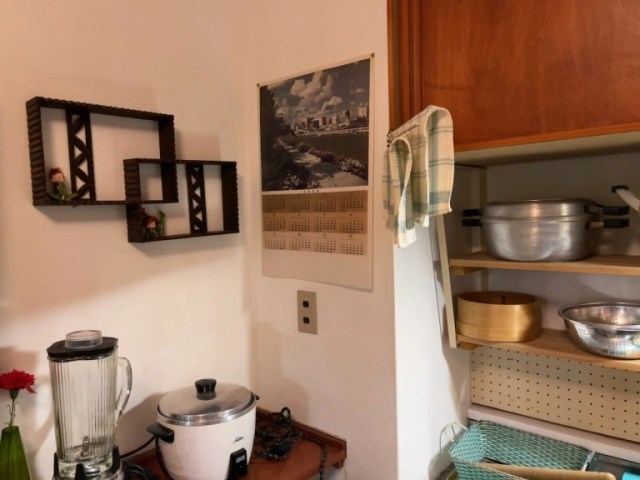
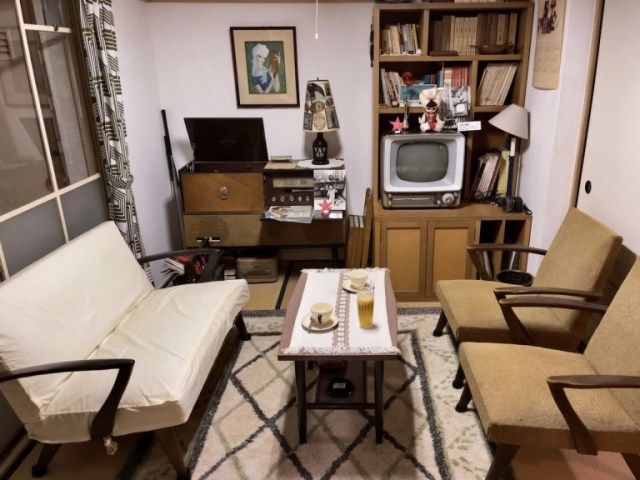
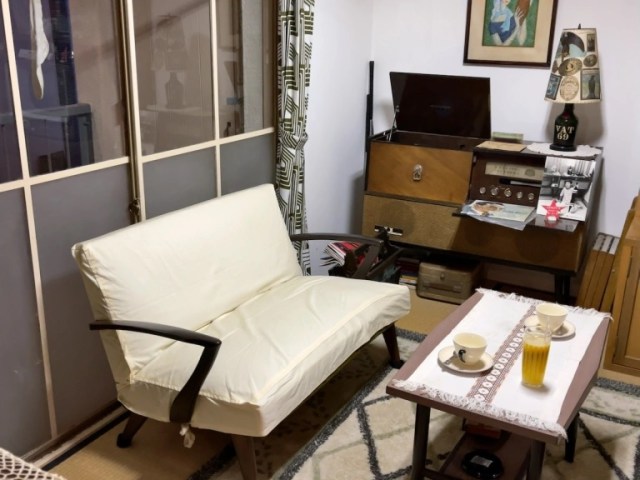
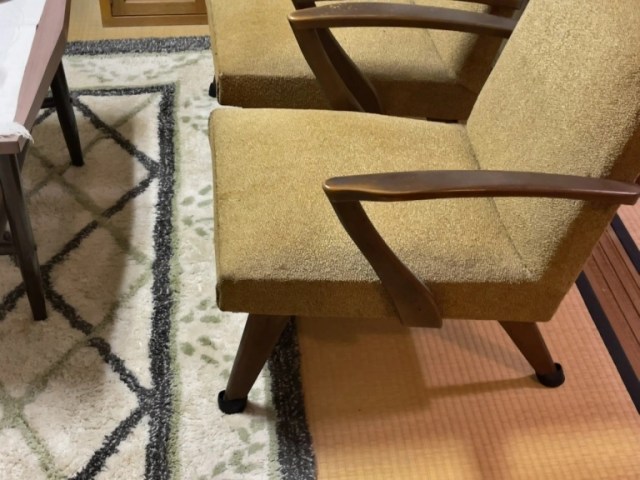
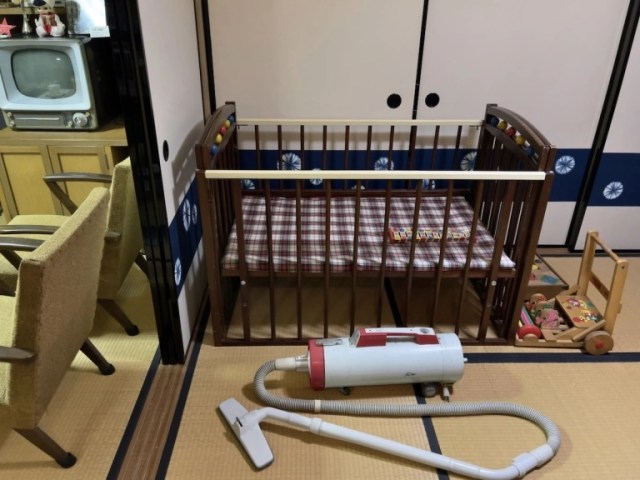
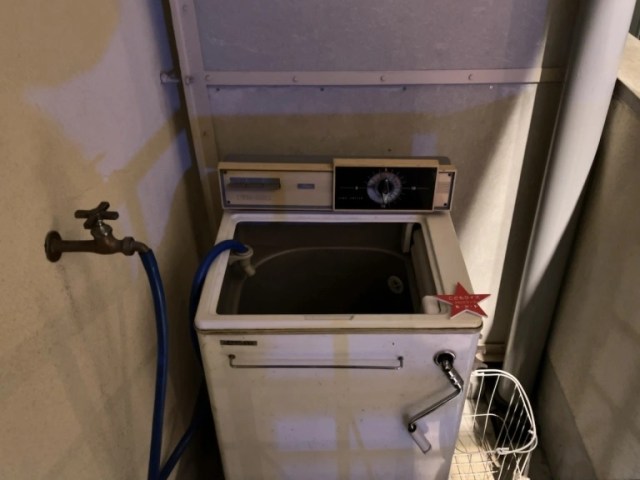
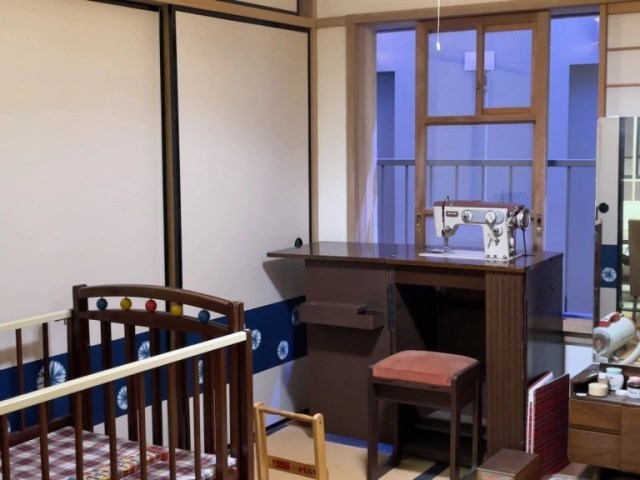
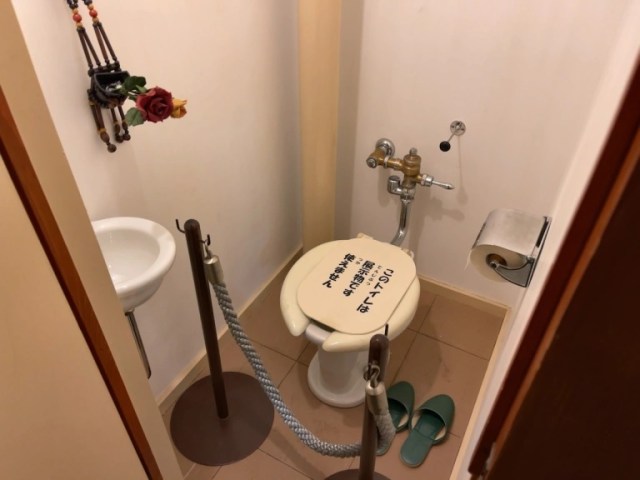
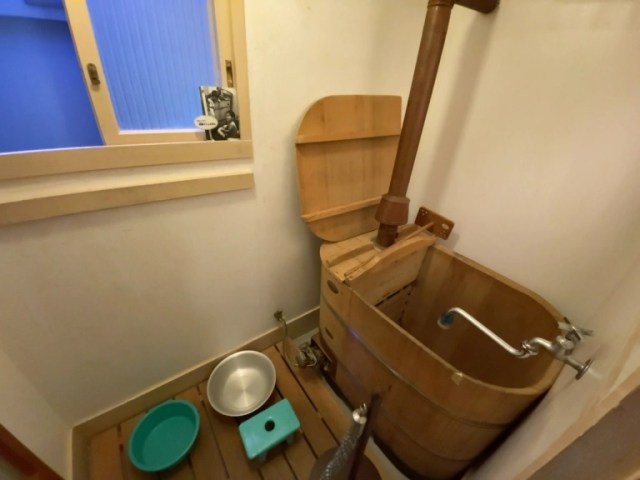
 Charges dropped against elderly Japanese man for nailing Putin voodoo doll to sacred shrine tree
Charges dropped against elderly Japanese man for nailing Putin voodoo doll to sacred shrine tree Sushi for breakfast? Our under-1,000-yen breakfast with Hama Sushi’s new morning menu
Sushi for breakfast? Our under-1,000-yen breakfast with Hama Sushi’s new morning menu 7-Eleven opens “next generation” SIP convenience store in Japan
7-Eleven opens “next generation” SIP convenience store in Japan Woman delivers baby on passenger train just outside of Tokyo
Woman delivers baby on passenger train just outside of Tokyo Japan has a cat real estate agency, where every apartment lets you and your kitty live together!
Japan has a cat real estate agency, where every apartment lets you and your kitty live together! McDonald’s new Happy Meals offer up cute and practical Sanrio lifestyle goods
McDonald’s new Happy Meals offer up cute and practical Sanrio lifestyle goods More foreign tourists than ever before in history visited Japan last month
More foreign tourists than ever before in history visited Japan last month Beautiful Sailor Moon manhole cover coasters being given out for free by Tokyo tourist center
Beautiful Sailor Moon manhole cover coasters being given out for free by Tokyo tourist center The oldest tunnel in Japan is believed to be haunted, and strange things happen when we go there
The oldest tunnel in Japan is believed to be haunted, and strange things happen when we go there All-you-can-drink Starbucks and amazing views part of Tokyo’s new 170 meter-high sky lounge
All-you-can-drink Starbucks and amazing views part of Tokyo’s new 170 meter-high sky lounge Arrest proves a common Japanese saying about apologies and police
Arrest proves a common Japanese saying about apologies and police Our reporter takes her 71-year-old mother to a visual kei concert for the first time
Our reporter takes her 71-year-old mother to a visual kei concert for the first time Starbucks reopens at Shibuya Scramble Crossing with new look and design concept
Starbucks reopens at Shibuya Scramble Crossing with new look and design concept Dogs now allowed on Catbus! Ghibli Park vehicles revise service animal policy
Dogs now allowed on Catbus! Ghibli Park vehicles revise service animal policy Disney princesses get official manga makeovers for Manga Princess Cafe opening in Tokyo
Disney princesses get official manga makeovers for Manga Princess Cafe opening in Tokyo We try out “Chan Ramen”, an underground type of ramen popular in the ramen community
We try out “Chan Ramen”, an underground type of ramen popular in the ramen community Beautiful new Final Fantasy T-shirt collection on the way from Uniqlo【Photos】
Beautiful new Final Fantasy T-shirt collection on the way from Uniqlo【Photos】 Foreign English teachers in Japan pick their favorite Japanese-language phrases【Survey】
Foreign English teachers in Japan pick their favorite Japanese-language phrases【Survey】 Is the new Shinkansen Train Desk ticket worth it?
Is the new Shinkansen Train Desk ticket worth it? There’s a park inside Japan where you can also see Japan inside the park
There’s a park inside Japan where you can also see Japan inside the park Japanese convenience store packs a whole bento into an onigiri rice ball
Japanese convenience store packs a whole bento into an onigiri rice ball Studio Ghibli releases Kiki’s Delivery Service chocolate cake pouches in Japan
Studio Ghibli releases Kiki’s Delivery Service chocolate cake pouches in Japan Japan’s bone-breaking and record-breaking roller coaster is permanently shutting down
Japan’s bone-breaking and record-breaking roller coaster is permanently shutting down New definition of “Japanese whiskey” goes into effect to prevent fakes from fooling overseas buyers
New definition of “Japanese whiskey” goes into effect to prevent fakes from fooling overseas buyers Foreign passenger shoves conductor on one of the last full runs for Japan’s Thunderbird train
Foreign passenger shoves conductor on one of the last full runs for Japan’s Thunderbird train Our Japanese reporter visits Costco in the U.S., finds super American and very Japanese things
Our Japanese reporter visits Costco in the U.S., finds super American and very Japanese things Kyoto bans tourists from geisha alleys in Gion, with fines for those who don’t follow rules
Kyoto bans tourists from geisha alleys in Gion, with fines for those who don’t follow rules Studio Ghibli unveils Mother’s Day gift set that captures the love in My Neighbour Totoro
Studio Ghibli unveils Mother’s Day gift set that captures the love in My Neighbour Totoro Domino’s Japan now sells…pizza ears?
Domino’s Japan now sells…pizza ears? New Japanese KitKat flavour stars Sanrio characters, including Hello Kitty
New Japanese KitKat flavour stars Sanrio characters, including Hello Kitty Sales of Japan’s most convenient train ticket/shopping payment cards suspended indefinitely
Sales of Japan’s most convenient train ticket/shopping payment cards suspended indefinitely Sold-out Studio Ghibli desktop humidifiers are back so Totoro can help you through the dry season
Sold-out Studio Ghibli desktop humidifiers are back so Totoro can help you through the dry season Japanese government to make first change to romanization spelling rules since the 1950s
Japanese government to make first change to romanization spelling rules since the 1950s Ghibli founders Toshio Suzuki and Hayao Miyazaki contribute to Japanese whisky Totoro label design
Ghibli founders Toshio Suzuki and Hayao Miyazaki contribute to Japanese whisky Totoro label design Doraemon found buried at sea as scene from 1993 anime becomes real life【Photos】
Doraemon found buried at sea as scene from 1993 anime becomes real life【Photos】 Tokyo’s most famous Starbucks is closed
Tokyo’s most famous Starbucks is closed One Piece characters’ nationalities revealed, but fans have mixed opinions
One Piece characters’ nationalities revealed, but fans have mixed opinions We asked a Uniqlo employee what four things we should buy and their suggestions didn’t disappoint
We asked a Uniqlo employee what four things we should buy and their suggestions didn’t disappoint Princesses, fruits, and blacksmiths: Study reveals the 30 most unusual family names in Japan
Princesses, fruits, and blacksmiths: Study reveals the 30 most unusual family names in Japan Studio Ghibli’s new desktop Howl’s Moving Castle will take your stationery on an adventure
Studio Ghibli’s new desktop Howl’s Moving Castle will take your stationery on an adventure Japanese town promotes itself as a cosplay-friendly destination
Japanese town promotes itself as a cosplay-friendly destination Samurai Ninja Museum Tokyo With Experience is true to its name, lets you slice with real katana
Samurai Ninja Museum Tokyo With Experience is true to its name, lets you slice with real katana Commuter chaos around Tokyo during peak hour after Typhoon Trami hits Japan 【Pics & Video】
Commuter chaos around Tokyo during peak hour after Typhoon Trami hits Japan 【Pics & Video】 Details of the Pokémon/Van Gogh art museum crossover are just as adorable as we’d hoped【Pics】
Details of the Pokémon/Van Gogh art museum crossover are just as adorable as we’d hoped【Pics】 Real-life Evangelion apartment in Japan is ultra-cheap, ultra-anime【Photos】
Real-life Evangelion apartment in Japan is ultra-cheap, ultra-anime【Photos】 Hayao Miyazaki’s concept art and ideas for the Ghibli Museum to be revealed in new exhibit
Hayao Miyazaki’s concept art and ideas for the Ghibli Museum to be revealed in new exhibit Two Tokyo train stations getting Harry Potter-style makeovers
Two Tokyo train stations getting Harry Potter-style makeovers Come touch our poo animals, Tokyo museum invites
Come touch our poo animals, Tokyo museum invites Tiny Tokyo apartment makes up for lack of space with clever design details【Video】
Tiny Tokyo apartment makes up for lack of space with clever design details【Video】 Neighbors Kamikitazawa introduces us to the cool side of shared Tokyo apartment rentals
Neighbors Kamikitazawa introduces us to the cool side of shared Tokyo apartment rentals Tokyo museum’s current exhibition offers a dose of retro style and romance from 100 years ago
Tokyo museum’s current exhibition offers a dose of retro style and romance from 100 years ago Tokyo’s Ghibli museum to reopen this month, but only for one group of people
Tokyo’s Ghibli museum to reopen this month, but only for one group of people Japanese arcade restroom asks customers to declare loyalty for dogs or cats in toilet paper poll
Japanese arcade restroom asks customers to declare loyalty for dogs or cats in toilet paper poll Uber Eats delivers movie theater popcorn at certain Tokyo and Chiba locations
Uber Eats delivers movie theater popcorn at certain Tokyo and Chiba locations The top 20 places to visit in Tokyo, as chosen by travelers
The top 20 places to visit in Tokyo, as chosen by travelers 17 new designs unveiled in round two of regional Japanese license plates
17 new designs unveiled in round two of regional Japanese license plates Studio Ghibli’s two most famous character masks come into the real world with mini o-men【Photos】
Studio Ghibli’s two most famous character masks come into the real world with mini o-men【Photos】
Leave a Reply